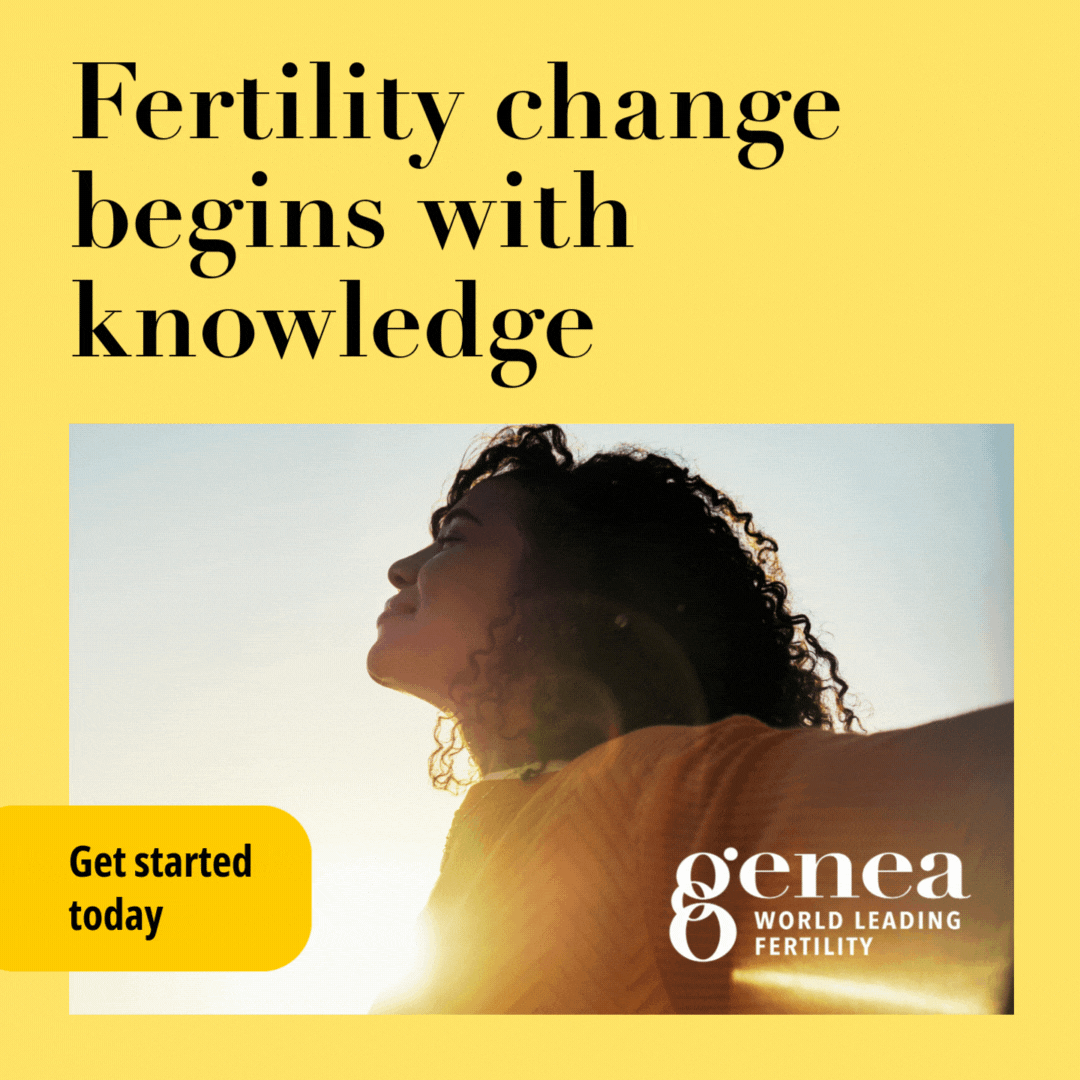A new guide released Wednesday aims to address this, helping organisations to improve their standards of inclusion and increase diversity, while also increasing the diversity of prize and award recipients across STEM sectors.
____________
Sign up to The STEM Wrap, the Women’s Agenda weekly update for women in STEM
The resource, available on the EMCR Forum (Early-and mid-career Researchers) is published by the Australian Academy of Science, as part of a group of comprehensive publications that identity barriers faced by under-represented groups and offers solutions to overcome them.
The Australia-India Strategic Research Fund (AISRF) supports scientists in India and Australia to #collaborate on leading-edge #MedicalResearch@IndustryGovAu @ScienceGovAuhttps://t.co/H33eX6llcz
— Australian Academy of Science (@Science_Academy) November 20, 2019
As the Academy states on their website, prizes and awards are an important component of a scientist’s career, potentially affecting their chances of promotion, recruitment and general career progression.
“The persistent exclusion of women and minority groups in research cultures has led to an image of successful scientists with which people from diverse backgrounds do not identify,” the guide states.
Authors of the guide include Dr Vanessa Wong, Dr Justine Shaw, Dr Jana Phan, Dr Sandra Gardam and Ms Laura Navarro from the Australian Academy of Science.
To be eligible for any award, one must be drawn to applying, and so, the category of barrier of “Advertising and Messaging” was a critical one the guide recommends shoul be investigated.
The report found that, “Frequently, prizes and awards are named after pioneers within the discipline or in science more broadly and the names and images of these pioneers are often older, white men which are then used in advertising. This can discourage applicants from more diverse backgrounds who may perceive a lack of ‘fit’ with the scheme.”
Solutions included avoiding gendered language, as well as potentially disengaging and alienating terms such as ‘outstanding’ and ‘distinguished’ in their advertisement materials.
The Academy’s Manager Diversity and Inclusion, Louise Moes, said the response has so far been positive.
The guide lists existing barriers to diversity that include reaching a diverse audience, timing and time commitment, advertising and messaging and assessment criteria.
Other key recommendations from the guide include visually inclusive advertising materials, selecting a diverse representation of role models in advertising material, avoiding elitist language and ensuring that the selection panel for the awards are diverse.
Sign up to The STEM Wrap, the Women’s Agenda weekly update for women in STEM.



